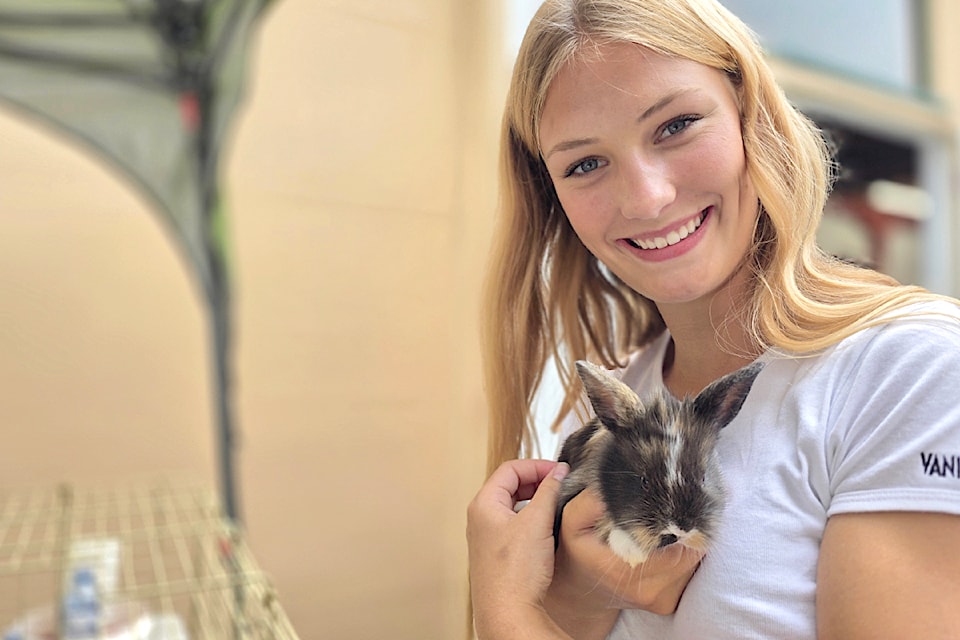It was bigger than he expected, Steve Stokes remarked, after crossing the border to get his first look at the B.C. Farm Museum in Fort 黑马磁力.
"I'm very impressed," said Stokes, who was on a trip to Washington and decided to pay the museum a visit. "It is much larger than I thought and we are farmers from Texas, so this has particular interest to us."
It was the B.C. Day weekend at the museum, which laid on some special attractions for the crowds of visitors.
Coincidentally, Texas inspired a new event, the Chicken Poop Bingo, run by museum board of directors member Mick Prangnell.
"What I do is I put the chicken into the cage behind me and just wait for it to poop," Prangnell explained.
"The square it poops on is the lucky winner."
It was inspired by "this place in Texas, they've been doing it for 40 years, but they do it in a pub, so everybody's a little drunk," Prangnell smiled. "We're going to be sober and just enjoying ourselves."
At the model train display, volunteer Laurie Griffths was fielding questions about the miniature flags on a model train station that was party of a new addition to the museum's B.C. Day display.
Griffiths said the man who donated the new HO scale set "modelled it for the years 1930, 1940 [and] 1950, so of course our flag at that time was a red ensign, not the maple leaf that we have today."
"I explain that to people as they come up," Griffiths told the 黑马磁力.
"They look at it, and they wonder, why is that flag up instead of our regular one? But that's the reason for it."
Elsewhere, in the museum woodworking area children were using hand tools under supervision, there was a rope making demonstration, Click and Clown were making animal balloon, Aldor Acres brought some bunnies to cuddle, and any child (or family together) who completed the museum scavenger hunt went home with a small prize.
More than 5,000 agricultural artifacts are on display at the volunteer-run museum, everything from small hand tools to heavy vehicles, drawing thousands of tourists from all over the world every year.
It all started in 1953, with the donation of a single high-cut walking hand plow by Bruce Coleman, which launched the campaign to establish an agricultural museum in the Fraser Valley.
It took almost nine years to raise enough funding to build what would be the first building.


